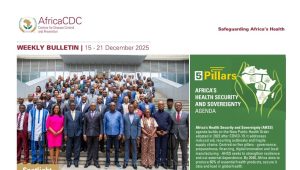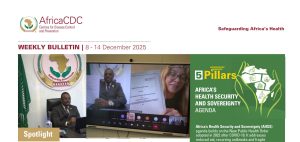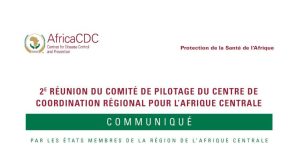A new report by Africa CDC warns that antimicrobial resistance (AMR) is becoming a more significant threat to Africa than HIV-AIDS, tuberculosis, and malaria, with children and vulnerable groups most at risk. These three diseases combined now account for fewer deaths than AMR, which has a mortality rate of 27.3 deaths per 100,000 people, making it the highest in the world.
Released ahead of the United Nations General Assembly High-Level Meeting on AMR in New York in September 2024, the report highlights the need for global stakeholders to address the escalating crisis. The meeting is expected to serve as a platform to make commitments and coordinate a global response. One urgent priority is mobilising resources to develop national action plans, particularly in countries lacking them.
AMR occurs when microorganisms—such as bacteria, viruses, fungi, and parasites—resist antimicrobial drugs, rendering treatments ineffective. This resistance is fuelled by the misuse and overuse of antibiotics in healthcare, agriculture, and food systems. The result is harder-to-treat infections, leading to more illness, disability and death.
Dr Jean Kaseya, Director General of Africa CDC, described AMR as a “silent threat” disproportionately affecting the continent’s most vulnerable populations. Addressing this issue will require significant financial investment, with an estimated USD 2-6 billion needed annually. However, current funding remains only a fraction of what is allocated to other major diseases, leaving Africa exposed to this growing crisis.
Globally, drug-resistant infections currently claim around 700,000 lives annually, and this figure is projected to rise to 10 million by 2050 if left unchecked. Africa could account for 4.5 million of these deaths. Africa CDC’s efforts aim to shape a roadmap to combat AMR, which will be presented at the UN meeting as a global call to action.
Dr Huyam Salih, Director of the African Union-Interafrican Bureau for Animal Resources (AU-IBAR), emphasised that AMR threatens health and agrifood systems, food security, and economies. A joint study by Africa CDC and the African Society for Laboratory Medicine found that only 1.3% of microbiology labs in 14 member states can test for key AMR pathogens. Dr Kaseya called for a multi-sectoral approach, including infection prevention, strengthening healthcare and food systems, and investing in diagnostics and laboratory infrastructure. Without coordinated efforts, AMR will continue to impede progress toward the Sustainable Development Goals and the African Union’s Agenda 2063.
Download the report: https://africacdc.org/download/african-union-amr-landmark-report-voicing-african-priorities-on-the-active-pandemic/







